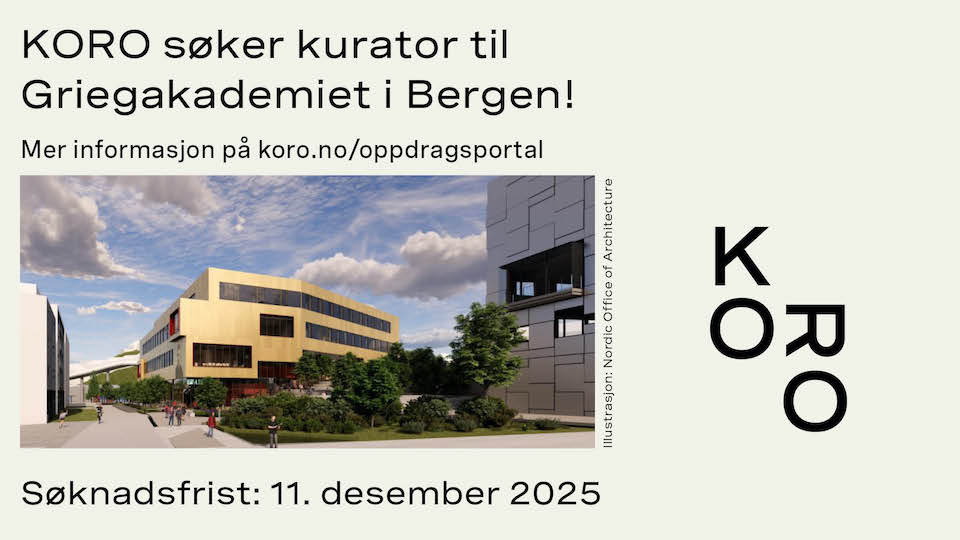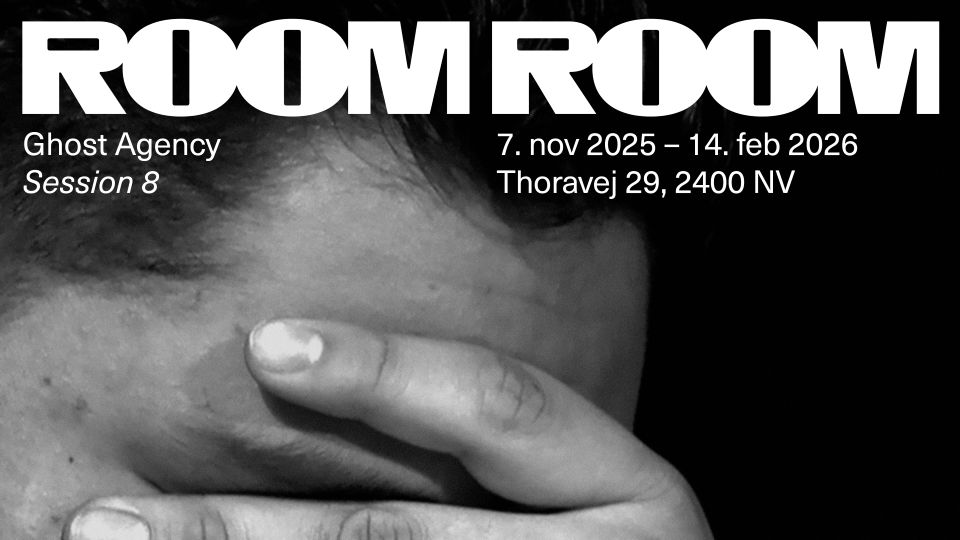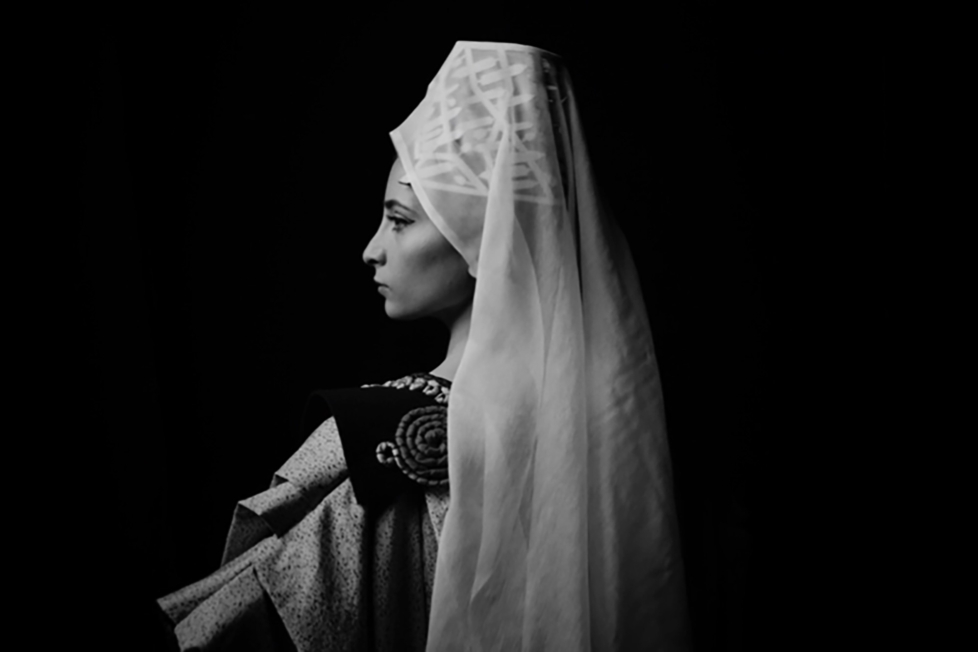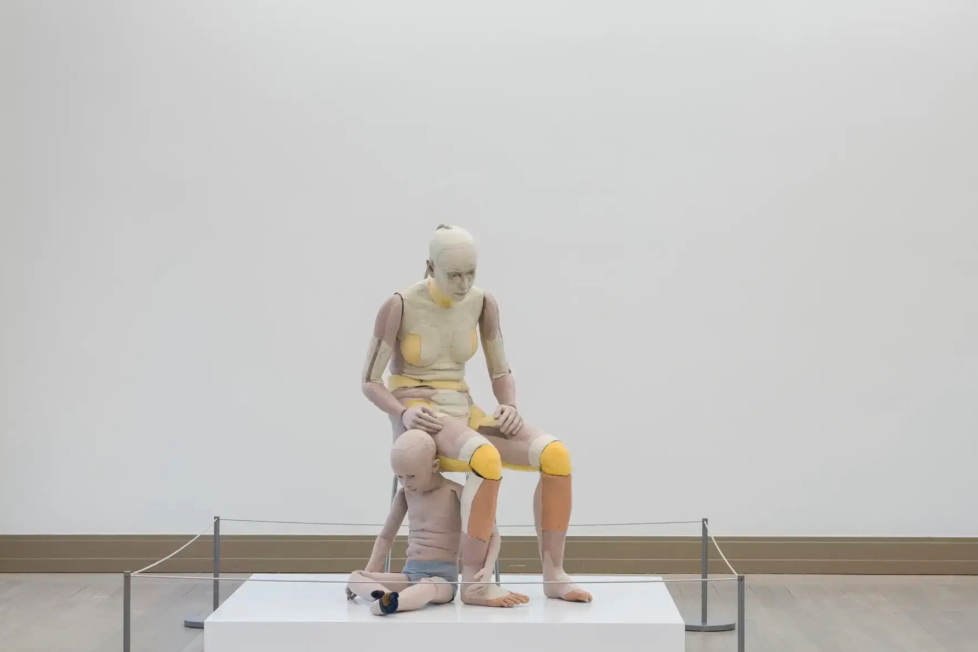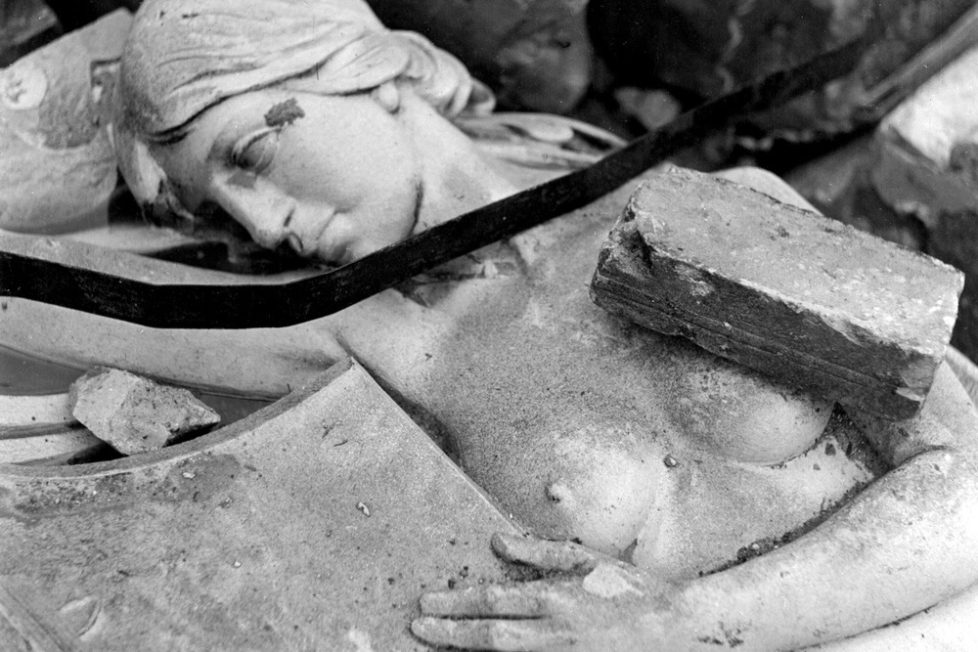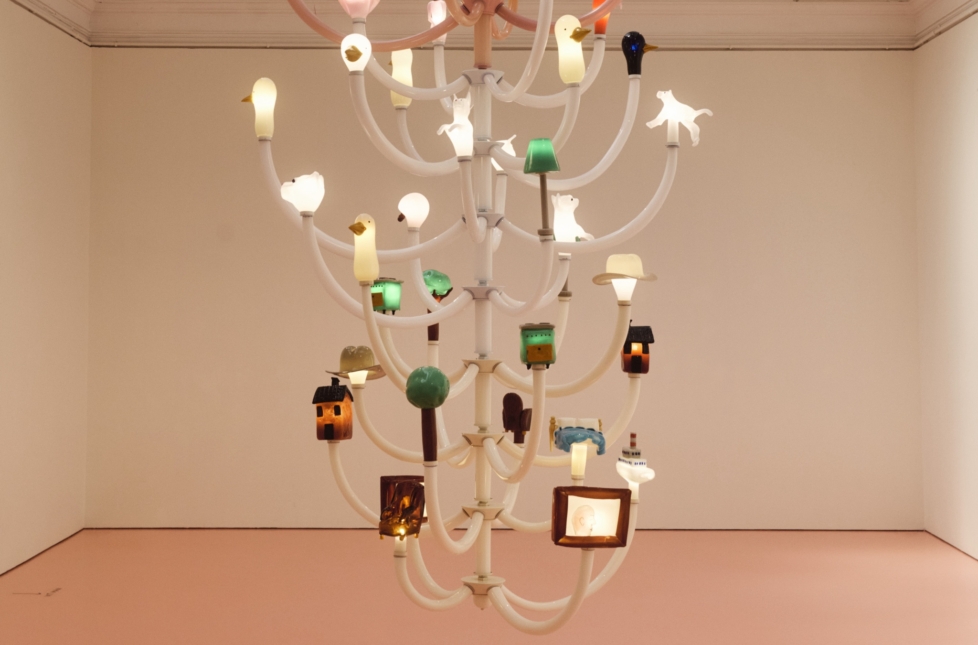
In a dream, familiar places can sometimes take on a new guise and different sites can meld into each other. A childhood home might appear as a bus stop, and mountain climbing suddenly turn into a dinner party. In the moment, our belief in the coherence and logic of these chains of events usually stays intact. The brain allows all these drastic changes without questioning them.
The acceptance of change inherent to the dream state came to mind as I walked through the exhibition of paintings by the Romanian artist Horia Bernea (1938-2000) at Kohta in Helsinki. The show features an uninhibited sliding scale from figuration to abstraction, and from light to darkness. Some visual elements are repeated again and again with a reverence not unlike that with which Claude Monet approached his water lilies. The satisfying and dramatic variation of the series ‘Columns’ (1994-2000), for example, evokes recurring dreams. In his kaleidoscopic repetition of a pillar, Bernea paints the phenomenon of jamais vu: the feeling of vaguely recognising something seemingly unfamiliar and new.

Kohta’s retrospective does not pretend to be comprehensive; it is purposely modest compared to many of the institution’s previous shows. For example, when Bernea’s compatriot Ion Grigorescu was presented in a brilliant retrospective at Kohta in 2019, the presentation included some one hundred works. Bernea’s Painter of the Demodern, by contrast, contains just over thirty paintings. Kohta also refers to the exhibition a “teaser.”
The stages of Bernea’s career represented in this “appetiser” range from the late 1960s to the last years of his life. The common denominator is his consistent sensitivity to the boundary between abstraction and figuration. Among the oldest works are his “production charts,” swaying stacks and geometric colour fields made up of thin and partially cracked layers of paint. These references to visual interpretation of data add tension to what would otherwise be relatively typical late modernist abstractions.
The production charts also link to the retrospective’s title, Painter of the Demodern. The visual concept of haphazard stacks are still relevant as symbols of capitalist society’s blind faith in constant growth, without assuming a too concrete form. While the paintings are not exactly visually transformative, they are essential to the presentation of Bernea’s chronology.
There is a huge visual leap from these abstract diagrams and other paintings from the early 1970s depicting highly stylised dumbbells to the contents of the four vitrines placed in the middle of the exhibition space. They show a surprising side of Bernea, who from 1990 until his death was director of the National Museum of the Romanian Peasant (Muzeul Țăranului Român) in Bucharest. The museum was founded in the early 20th century, but was dismantled by the communist regime. After the fall of Nicolae Ceaușescu, Bernea rebuilt the museum from scratch, which at Kohta becomes apparent in a “show, don’t tell” kind of a way. Rather than long explanatory texts, the display cases are filled with countless intricate sketches and handwritten notes, as well as photographs from inside the museum. The selection succinctly and elegantly describes Bernea’s commitment to the project.

The frilly aesthetics of the folk art-inspired designs for the museum’s logo provide a strong visual counterpoint to Bernea’s own paintings. The energetic calligraphy of the plans and all the tiny sketches help create a multifaceted image of his life and work: he was not only a painter, but also a draughtsman, thinker, curator, manager… This is where Kohta’s spatial limitations become most apparent, as it is revealed almost in passing that Bernea managed a museum while also producing large parts of the mesmerising ‘Columns’.
The selection can’t have been easy to bring together, and Kohta’s curator Anders Kreuger, in collaboration with Ivan Gallery in Bucharest and art historian Anca Oroveanu, probably struggled with what to exclude rather than include. The kunsthalle’s smaller side gallery and furthest corner house the solitary “teasers” Hrană (Food, 1979–80), a slightly dystopian food-and-decay themed polyptych, and the photo collage Dealul Piscu (Piscu Hill, 1972). The omission of works that could have contextualised Hrană as well as Bernea’s long-term ‘Hills’ series from the 1960s are sacrifices made in order to include the series ‘Columns’ and ‘Banners’ (approx. 1973–1989). Nevertheless, all curatorial decisions seem warranted.

The only thing that remains unclear is the choice of exhibition design. Kohta is known for the inventiveness with which it continually transforms its space in an effort to provide the best possible backdrop for each exhibition. Yet, in Painter of the Demodern the kunsthalle takes on the form of an ordinary white cube. In a 1993 text published on the National Museum of the Romanian Peasant’s website, Bernea writes about the importance of analytical and receptive museology. This, he asserts, includes careful thought before installing exhibitions: “the exhibition must sing.” But at Kohta, the white and sparse context doesn’t feel like the most natural one for Bernea’s own work. It doesn’t sing, so to speak.
The stereotypical colour scheme and lighting, along with the conventional hanging, work best when the aim is to emphasise repetitions and variation. The ten ‘Columns’ that fill one wall and the seven ‘Banners’ that occupy another require a certain amount of stillness when displayed together in this way. The contrast with the immaculate white walls brings the feverish and hallucinatory undertones of each series to the fore.
In the text on the National Museum of the Romanian Peasant’s website, Bernea confesses that he “is afraid of plans when [he] paints. Too precise a formalisation impoverishes.” Yet the artist portrayed at Kohta seems anything but afraid. He had the courage to forego rigid planning and rely on intention and creativity. This explains why the different stages of Bernea’s artistic career feel so connected. The jumps from one style to another feel as natural as the shifts in a dream.





